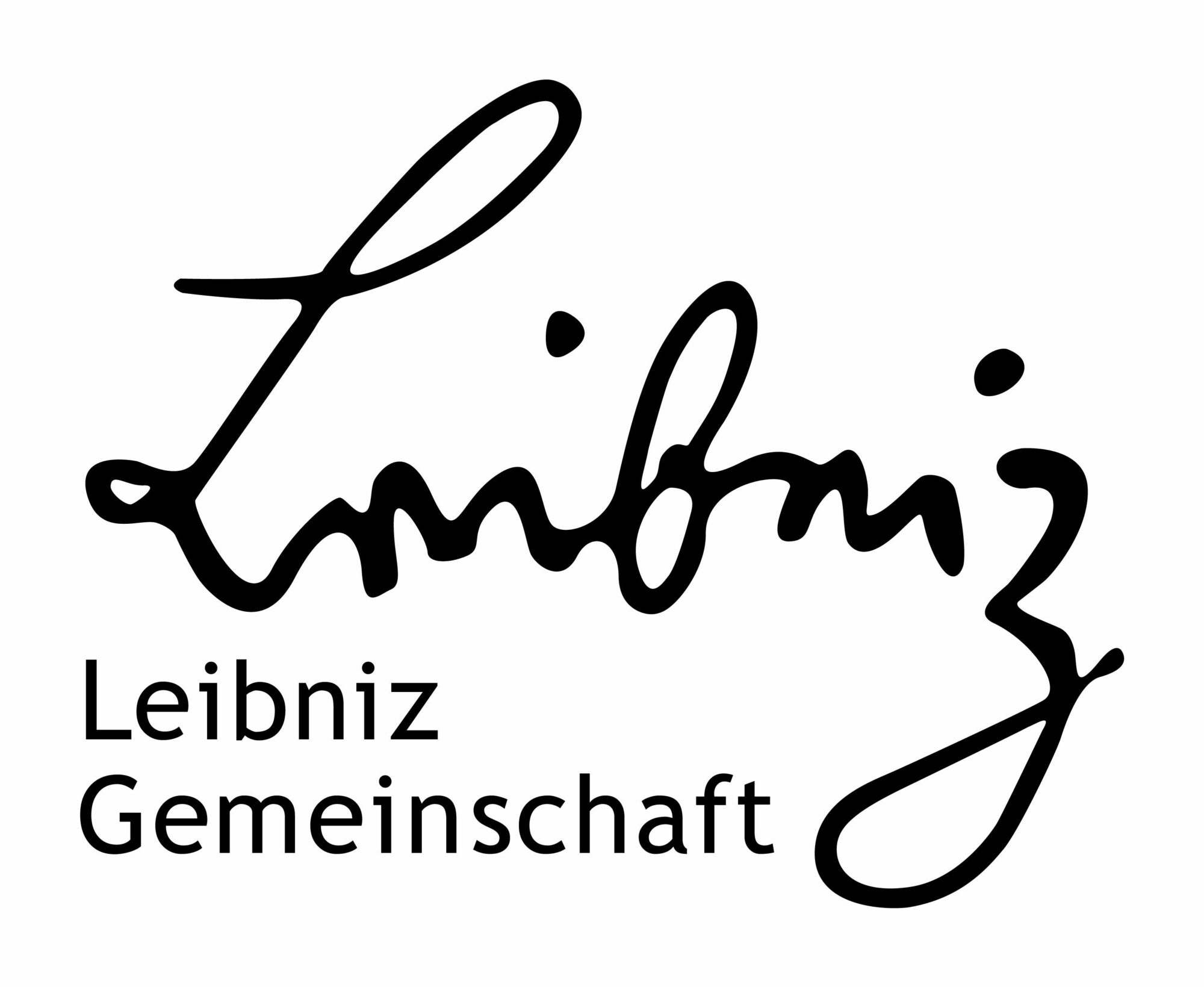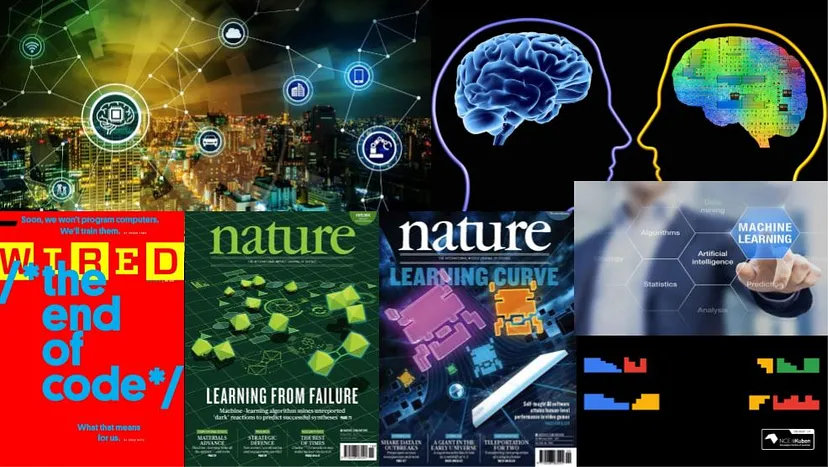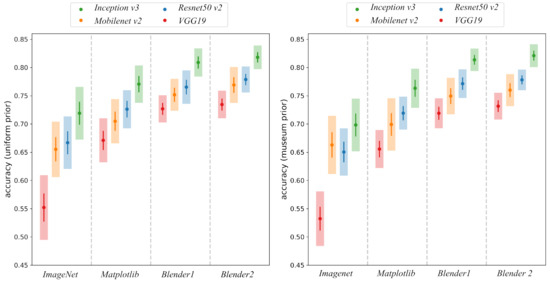Simulation in the age of machine learning
Andreas Angourakis | @AndrosSpicahttps://andros-spica.github.io/CAA-Angourakis-2023/index.html?print-pdf (printable version)



Outline
- Simulation versus machine learning?
- Simulation + machine learning → examples
- Implications
- Conclusions
1. Simulation versus machine learning?
An "Age" of machine learning
- Deep learning made Artificial Intelligence pop (again)
- Data Science, Big Data and low-cost/high-performance computing
- Simulation associated to "old" Artificial Intelligence"
- Modelling is a fitness contest? (pun intended)
- When to use: purposes and context
- Simulation in archaeology:
"Can you validate your model?"*
Epstein, J. M. (2008). Why Model? Journal of Artificial Societies and Social Simulation, 11(4), 12.

Machine Learning: From hype to real-world applications. Medium. (Link)
Epistemological context
how similar or different are Machine Learning and simulation models?


Icon assets from "The Noun Project" (thenounproject.com)
| Input | Model | Output | |
| Machine Learning | known | learned after implementation |
predicted after training |
| Simulation | known+assumed values, probability distributions |
known before implementation |
learned after iterations |
2. Simulation + Machine Learning
Moving forward...
If both approaches serve different epistemological purposes, why should we choose one or the other?
How simulation and Machine Learning can be combined instead?


Icon assets from "The Noun Project" (thenounproject.com)
von Rueden, L., Mayer, S., Sifa, R., Bauckhage, C., & Garcke, J. (2020). Combining Machine Learning and Simulation to a Hybrid Modelling Approach: Current and Future Directions. In M. R. Berthold, A. Feelders, & G. Krempl (Eds.), Advances in Intelligent Data Analysis XVIII (Vol. 12080, pp. 548–560). Springer International Publishing. 10.1007/978-3-030-44584-3_43
Simulation for the creation of training datasets
Simulation datasets are (potentially) "Big Data"
Jareño, S. J. N., Helden, D. P. van, Mirkes, E. M., Tyukin, I. Y., & Allison, P. M. (2021). Learning from Scarce Information: Using Synthetic Data to Classify Roman Fine Ware Pottery. Entropy, 23(9). 10.3390/e23091140
- 5373 images of 162 terra sigilata from Roman Britain
- A classification problem
- Simulation (or procedural generation) of 1000+ images per class using Matplotlib and Blender (experimentation)
- Taking advantage of deep learning, while minimising curse of dimensionality


Machine Learning for model selection
+ pattern detection in output
+ parameter calibration and optimisation
Cane turns into cannon!
Carrignon, S., Brughmans, T., & Romanowska, I. (2020). Tableware trade in the Roman East: Exploring cultural and economic transmission with agent-based modelling and approximate Bayesian computation. PLOS ONE, 15(11), e0240414. 10.1371/journal.pone.0240414
- Trade of tableware from eastern Mediterranean (Hellenistic and Roman periods)
- 8730 fragments, 5 types, 178 sites (presence/absence per type-site)
- A cultural evolution problem
- Simulation of cultural transmission algorithms (three hypotheses) coupled with a market economy model, producing spatial distributions of cultural traits of traders of each settlement
- Stochastic exploration of parameter space for each algorithm, evaluated in light of empirical data, through Approximate Bayesian Computation (ABC) + Population Monte Carlo (ABCPMC)
3. Implications
Implications for simulation of the past

- More domains, true transdisciplinary (design)
- Faster workflow (implementation, optimisation)
- Higher computability (size)
- Better calibration (input data)
- More expressive results (analysis)
Caveat: high computational costs!
Implications for achieving UN Goals
- Ecology, Agriculture and Environmental Sciences (high availability of present-day input data)
- Feasibility of building digital twins of socioecological systems
- Logistics optimisation
- Proposal and explanation of evidence-based action/policy plans
- Take full advantage of demographic and econometric data
- Grounding global behavioural models and algorithms on live behaviour
- Faster and more reliable exploration of social change scenarios
- Faster response to crises (with human reasoning)

Wonderful (scary) thought

(social) simulation as a component for building more efficient decision-making AI.
Policy magic worker, perverse marketer or puppet master?
4. Conclusions
- Mechanism/explanation is not a negligible part of mathematical models
- Don't just compare (fitness fever), combine or complement
- Archaeology: deep-time data, but also mediation other hypothesis-rich and data-rich disciplines and fields
- Simulation workflow to be dramatically changed (e.g. ChatGPT)
- Simulation-ML: promising avenue of future AI development
Thank you for the attention!
Andreas Angourakis | @AndrosSpica(INSERT HYPE, TECHY IMAGE HERE)


